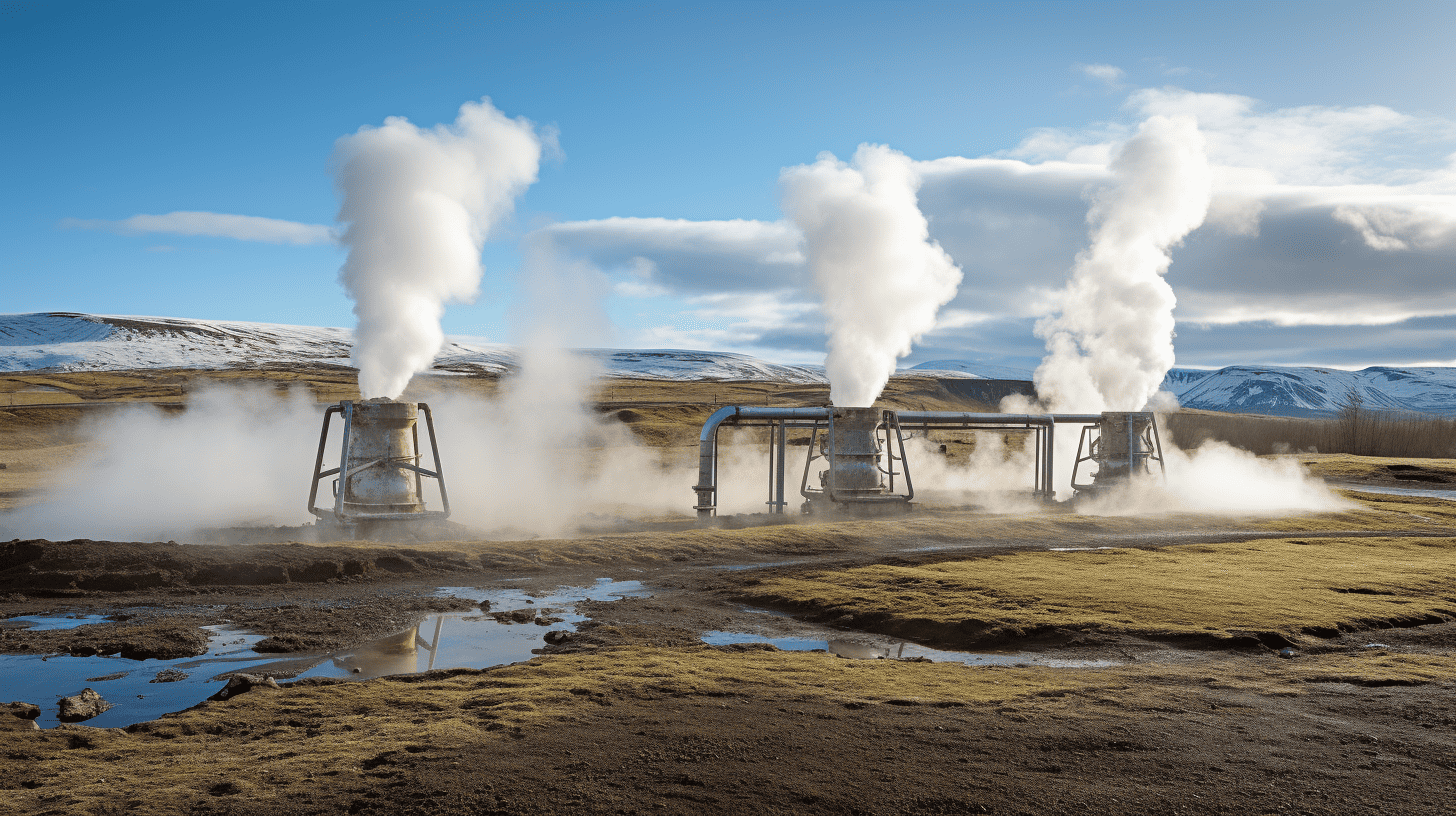
The fact that it is much more enjoyable to be in the woods during a heat wave than in a built-up area will not sound so strange to many people. During these summer periods, many cities are transformed into a kind of oven, where mercury can rise to rather high levels. Using data from the American space agency NASA, it has been possible for several months now to check at a hyper-local level where heat problems are the most serious. Read the other episodes of this series here.
This is done using ground temperature measurements in areas measuring seventy by seventy meters. Using this type of local data, it becomes clear at a glance on a sunny summer’s day which places lovers of cool air should seek out and where the so-called ‘heat islands’ are to be found. This heat island effect is caused, among other factors, by dark materials such as asphalt or buildings, lower wind speeds due to high-rise buildings, and less evaporation. As a result, it can become considerably warmer inside built-up areas than elsewhere.

Urban heat
For city dwellers, these higher temperatures can have dire consequences. For example, the elderly are at greater risk of serious health problems or even dying, it is disastrous for work productivity, and it causes people to have shorter fuses which can lead to more criminal behavior or higher levels of aggression.
As warm periods and their accompanying heat islands become more common due to climate change, governments are more and more treating these hotspots as a top priority.

Just another summery Friday afternoon
The satellite used in the ECOSTRESS project run by NASA and the California Institute of Technology flies over the Netherlands about three times a week. Measurement times in the afternoon or early evening when the air is completely cloudless with temperatures above thirty degrees paint the most reliable picture. This happened, for example, on Friday 12 August around twenty to two in the afternoon across a large part of the Netherlands. For this first article, we zoom in on the situation in Enschede. There was not a cloud in the sky at the time the measurement was taken. According to the Royal Netherlands Meteorological Institute (KNMI), the maximum temperature on that day was 32.6 degrees Celsius.
The American database is by no means user-friendly. Not only because of the cumbersome application procedure, but also because the data had to be converted from 16 bit integer to Kelvin and then to Celsius before anyone could make anything out of it. After the basic map and the grid were fine-tuned with a color palette, the following cityscape of Enschede was created with ground temperatures ranging from about 30 degrees Celsius to as high as 55.
Zoom in on specific neighborhoods or streets using the interactive tool below this image.

The ‘hotspots’ of Enschede
The hottest environment can be found on the west side of the city in the Industriehaven port area. It should come as no surprise that this is an industrial area with mostly asphalt and not much vegetation. The darkest pixels, where the soil heated up to a whopping 54.8 degrees C, are on the grounds of car tire manufacturer Apollo-Vredestein. Those rubber tires probably don’t have a cooling effect on the direct surroundings.
The fiercest heat island that is not an industrial site is located several miles to the west, according to the ECOSTRESS data. With asphalt temperatures locally exceeding 50 degrees Celsius, the immediate vicinity of Meubelboulevard Schuttersveld looks like a clear example of a heat island.
The northeastern part of the city center, the Van Heekplein, the Enschede Zuid shopping center, the area around the Jannink complex and the Koningsplein right in front of the hospital are also markedly warmer than average.
What do these places have in common? There aren’t very many tall trees in sight.






In search of cooling
Where is the best place for the townspeople of Enschede to go to cool off during a heat wave, according to NASA? The easy answer is away from the built-up area, but according to the August 12 ground data, there are a number of places even within the city limits where the ground temperature barely exceeds that of the general weather forecast.
In the monumental Abraham Ledeboerpark – one of the city’s oldest parks with plenty of room for large trees – conditions are the most pleasant for heat-haters. The Van Heekpark and the Zweringbeekpark located along the highway are also relatively cool. Of all the residential areas, it is mainly on the outskirts of the city that the wind blows cool. This can be seen in the northwest in the residential areas and sports facilities of the University of Twente, in the northeast, Stokhorst stands out, and in the south the newer neighborhoods Helmerhoek (southwest) and Stroinkslanden (southeast) fare relatively well.






Lots of trees = less heat
That large trees provide cooling will not surprise a lot of readers. Yet the differences, which can be as much as 15 to 20 degrees in the same city at the same time, are quite substantial. Solving the problem at the heat islands is not so straightforward either. At some of the ‘hotspots’, young trees have already been planted that will only produce the cooling effect in there places in a few years’ time.
Slightly south of the city center, a light orange spot can be seen that seems to be caused entirely by a recent new building project. The area in question is Koningsplein just in front of the hospital that was completed several years ago, where the ground temperature reached around 45.5°C. This is almost four degrees cooler than the adjacent section of Boulevard 1945 which is to undergo a similar makeover in the next few years.
So much for the conditions in Enschede. In the next story, a comparison will be made with several other cities.









